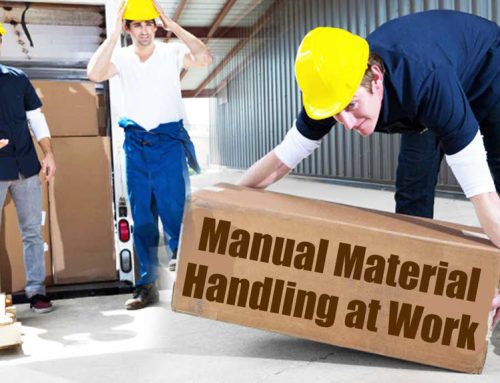Conducting effective safety talks is a cornerstone of promoting a culture of safety within the workplace. These talks, also known as toolbox talks, provide a platform for sharing crucial safety information and fostering a collective commitment to maintaining a secure work environment. In this guide, we’ll explore the key steps to arrange a safety talk that resonates with your audience and reinforces essential safety practices.
Planning Your Safety Talk
Identify Relevant Topics
The first step in arranging an effective safety talk is identifying topics that are relevant to your workplace. Consider current safety concerns, recent incidents, or areas that may require improvement. Common safety talk topics include PPE usage, fire safety, manual handling, and equipment operation.
Know Your Audience
Understanding your audience is crucial for tailoring the safety talk to their needs. Consider the demographics, job roles, and specific tasks performed by your audience. This knowledge will help you tailor the content to resonate with their daily experiences and challenges.
Set Clear Objectives
Define clear objectives for your safety talk. Whether it’s raising awareness about a specific hazard, reinforcing safety procedures, or introducing new safety protocols, having a clear goal will guide the content and structure of your talk.
Gather Relevant Information
Research and gather relevant information to support your safety talk. This may include statistics, case studies, and real-life examples that illustrate the importance of the safety message you want to convey. Concrete data enhances the credibility and impact of your talk.
Structuring Your Safety Talk
Introduction
Begin your safety talk with a compelling introduction. Clearly state the purpose of the talk, why the topic is relevant, and how it directly impacts the safety and well-being of your audience. Grab their attention from the outset.
Key Points and Examples
Organise your talk around key points related to the safety topic. Use straightforward language and avoid unnecessary jargon. Illustrate each point with practical examples or anecdotes to make the information relatable and memorable.
Visual Aids
Enhance understanding by incorporating visual aids such as slides, diagrams, or videos. Visuals can help clarify complex concepts and reinforce key messages. Ensure that your visuals are clear, concise, and directly support the content of your safety talk.
Interactive Elements
Foster engagement by incorporating interactive elements. Encourage questions, facilitate discussions, or conduct practical demonstrations when applicable. Interactive sessions make the safety talk more dynamic and encourage active participation.
Reinforcement and Recap
Periodically reinforce key points throughout the safety talk. Summarise the main messages and encourage participants to ask questions or seek clarification. A recap ensures that essential information is reiterated and firmly embedded in the audience’s minds.
Executing and Follow-Up
Choose an Appropriate Venue
Select a venue that is conducive to the safety talk. Ensure that the space is comfortable, well-lit, and free from distractions. Consider the size of the audience and the need for any audio-visual equipment.
Schedule Regular Safety Talks
Establish a consistent schedule for safety talks. Whether it’s weekly, bi-weekly, or monthly, regularity reinforces the importance of safety within the workplace. Consistent talks contribute to a sustained culture of safety.
Encourage Questions and Feedback
Create an environment that encourages questions and feedback. Be open to input from your audience and address any queries or concerns they may have. This two-way communication strengthens the effectiveness of the safety talk.
Document and Evaluate
Document each safety talk and keep records of the topics covered, attendance, and any feedback received. Periodically evaluate the effectiveness of your safety talks by assessing changes in behaviour, incident rates, or improvements in safety practices.
Continuous Improvement
Reflect on each safety talk to identify areas for improvement. Seek feedback from participants and adjust your approach accordingly. Continuous improvement ensures that your safety talks remain relevant, engaging, and impactful over time.
Conclusion
By following these steps, you can arrange safety talks to contribute to building a robust safety culture within your workplace. Remember, the key to an effective safety talk lies in thorough planning, audience understanding, and a commitment to continual improvement. Embedding safety talks as a regular practice demonstrates a genuine dedication to the well-being of your workforce and the success of your organisation.
Alternatively, if you are looking for a range of ready to deliver toolbox talks, then you might be interested in our toolbox talk packages. These include a range of toolbox talks at a cost-effective price.






